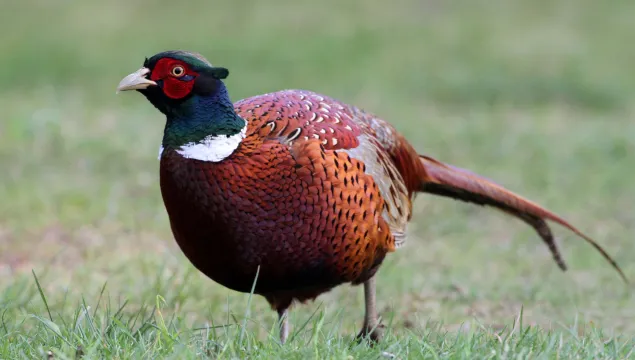Warty venus
This bumpy shell lives up to its name and lives partly buried in the seabed along the west coast of Great Britain.
This bumpy shell lives up to its name and lives partly buried in the seabed along the west coast of Great Britain.
Their empty, delicate pink or yellow shells can often be found washed up on beaches, but the animals themselves live buried in the sand all around the coasts of the UK.
Their long narrow shells are a common sight on our shores, especially after storms, but the animals themselves live buried in the sand.
Piddocks are a boring bivalve. No, we don't mean dull... we mean that it bores into soft rock, creating a burrow. In fact, they're the opposite of dull - they glow in the dark!
Goose barnacles often wash up on our shores attached to flotsam after big storms.
Barnacles are so common on our rocky shores that you've probably never really noticed them. They're the little grey bumps covering the rocks that hurt your feet when you're rockpooling. They're actually tiny little crustaceans and are related to crabs and lobsters!

A pretty and distinctive little waterbird, the mandarin duck was introduced from the Far East as its name suggests. Oddly for a duck, it nests in trees, sometimes high above the water.
Cuttlefish are related to squids and octopuses – a group of molluscs known as cephalopods. You may have seen the chalky internal shell, called a cuttlebone washed up on beaches around the UK. These are often used in budgie cages, as a calcium-rich dietary supplement for the bird.
Have you ever seen those worm-like mounds on beaches? Those are a sign of lugworms! The worms themselves are very rarely seen except by fishermen who dig them up for bait.

A handsome gamebird, the pheasant is an introduced species that has settled here with little problem. It can be spotted in its farmland and woodland habitats, although you'll probably hear the loud, croaking call of the male before you see it.
These little critters are related to the woodlice you find in your garden and play a very important role on rocky shores.
Sand Hoppers really live up to their name, jumping high into the air when disturbed.